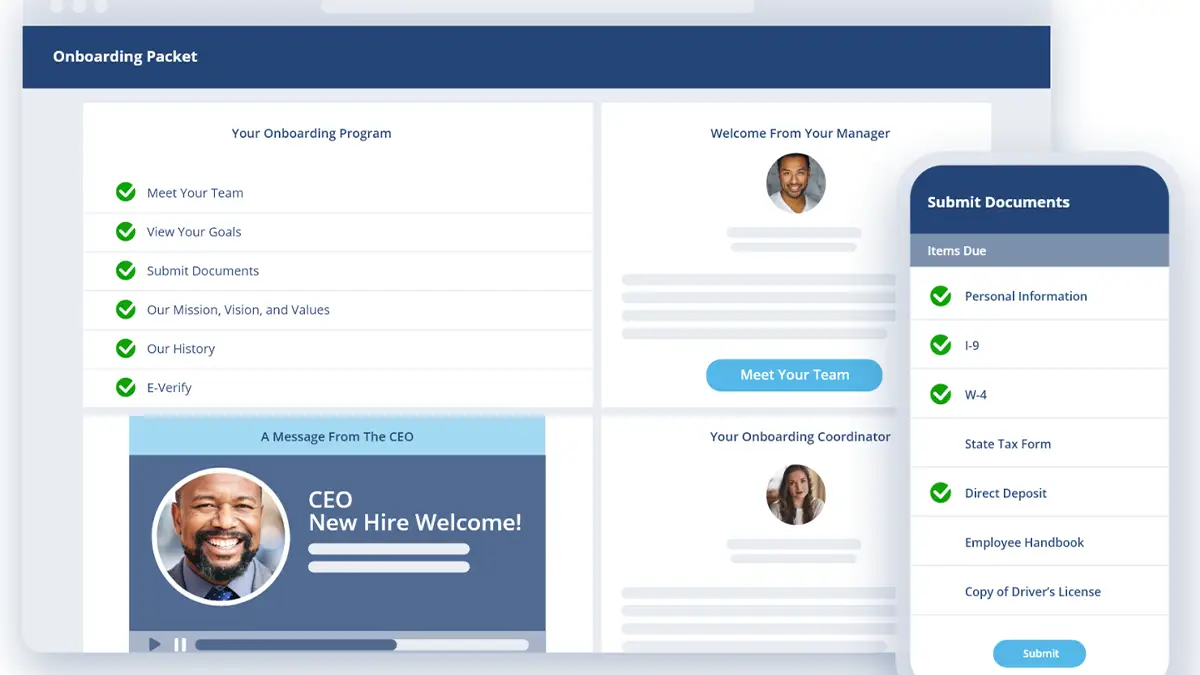
Selecting the appropriate automated onboarding software for employees is crucial for any organization aiming to streamline its HR processes. Implementing the right tools can significantly enhance the efficiency and satisfaction of new hires, ensuring they are well-integrated and productive from the start. The following guide provides insights into what to consider when choosing software to meet your organization’s needs.
Understanding Your Organization’s Needs
Before diving into the options available, it’s essential to understand your organization’s specific needs. Different companies have varying requirements based on their size, industry, and existing HR processes. By identifying these needs, you can ensure that the chosen automated employee onboarding automation software aligns with your goals and addresses gaps in your current system. For instance, some organizations might need extensive document management capabilities, while others prioritize seamless integration with existing HR systems.
When evaluating your needs, consider the number of new hires your company brings annually and the complexity of your onboarding processes. A clear understanding of these factors will guide you in selecting a solution that offers the right balance of features and scalability. Additionally, engaging with key stakeholders in the HR and IT departments can provide valuable insights into what functionalities are most critical for your organization.
Evaluating Key Features
Once you clearly understand your needs, the next step is to evaluate the key features of various onboarding solutions. Effective automated employee onboarding systems should offer a comprehensive range of functionalities to ensure a smooth and efficient onboarding experience. Look for features like customizable onboarding workflows, electronic document management, and integration capabilities with other HR systems.
Ensuring User-Friendliness
User-friendliness is a crucial factor when selecting onboarding software. The platform should be intuitive and easy for HR staff and new hires to navigate. A user-friendly interface can significantly reduce the learning curve, ensuring all users can quickly become proficient with the system. This ease of use is particularly important during the initial stages of implementation, where training time and adoption rates can impact the overall success of the onboarding process.
When assessing user-friendliness, consider the design and layout of the software, as well as the availability of training resources and customer support. An intuitive design with clear instructions and prompts will help new hires complete their onboarding tasks efficiently. Additionally, comprehensive training materials and responsive customer support can assist HR staff in maximizing the software’s potential and addressing any issues that arise.
Considering Scalability and Flexibility
As your organization grows, your onboarding needs may evolve. Therefore, choosing a solution that can scale with your company and adapt to changing requirements is essential. Scalability ensures that the software can handle increasing new hires without compromising performance or functionality. Flexible solutions allow you to modify and expand onboarding workflows to accommodate new processes, roles, or regulatory requirements.
Integration and Compliance
Integration capabilities and compliance with legal and industry standards are critical considerations when onboarding software. The solution should integrate seamlessly with your existing HR and IT systems, ensuring data flows smoothly between platforms. This integration minimizes manual data entry, reduces errors, and enhances efficiency. Moreover, compliance with legal and industry standards is essential to avoid potential legal issues and ensure that your onboarding processes meet regulatory requirements.
Choosing the right employee onboarding automation software for employees is a strategic decision that can have a profound impact on your organization. By understanding your specific needs, evaluating key features, ensuring user-friendliness, considering scalability and flexibility, and assessing integration and compliance, you can make an informed choice that enhances your onboarding process. A well-chosen system will streamline administrative tasks and improve the overall experience for new hires, setting a positive tone for their journey within your company.




